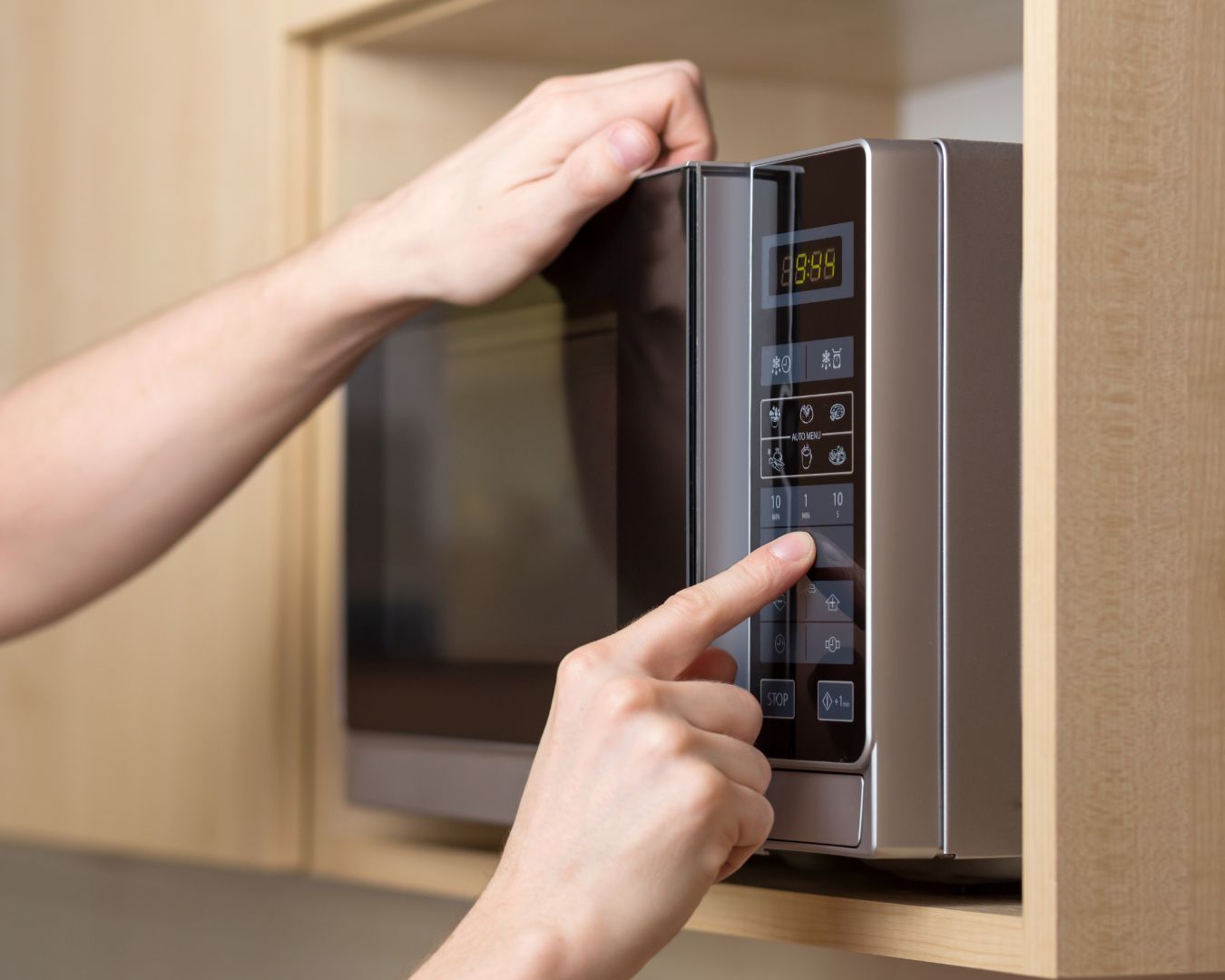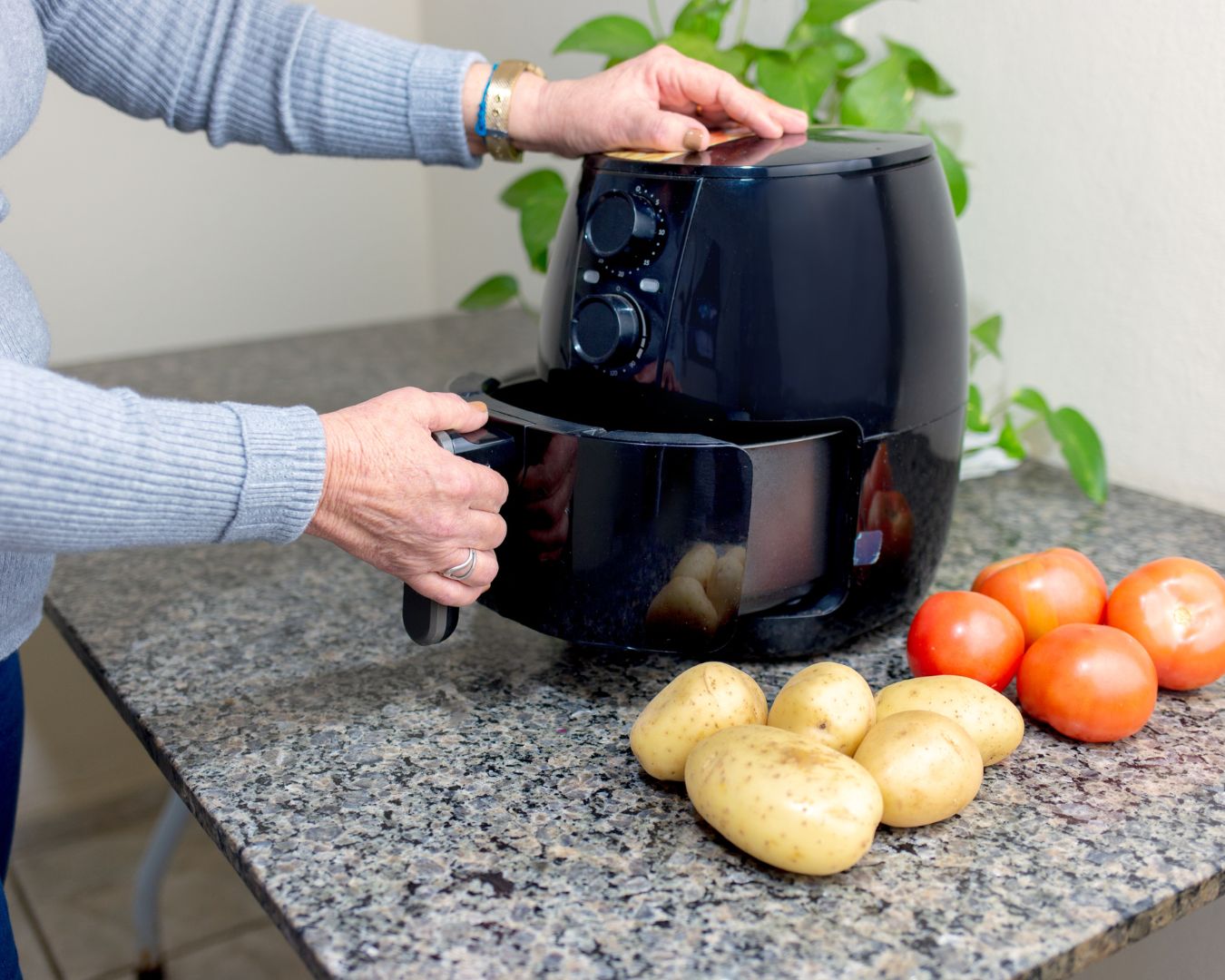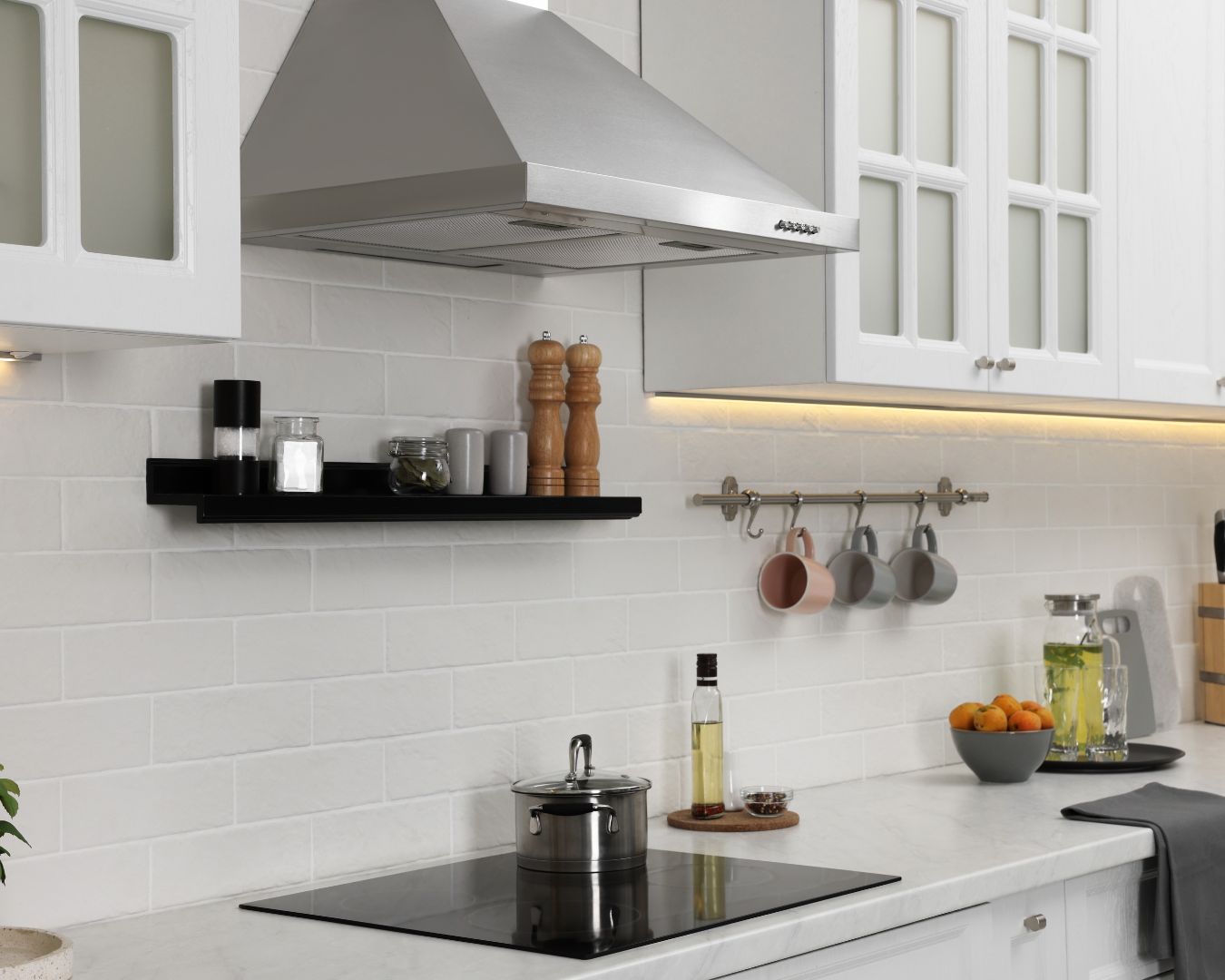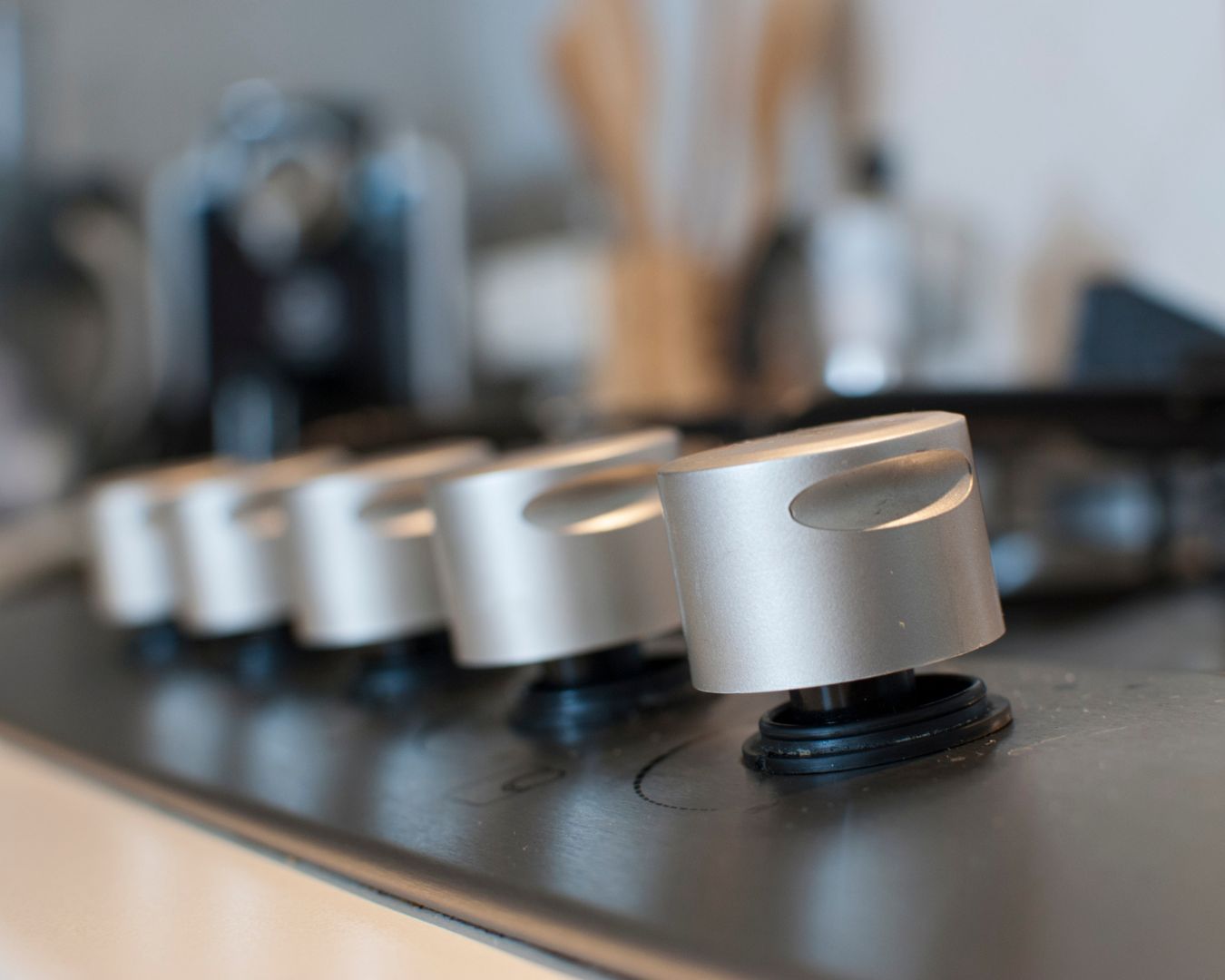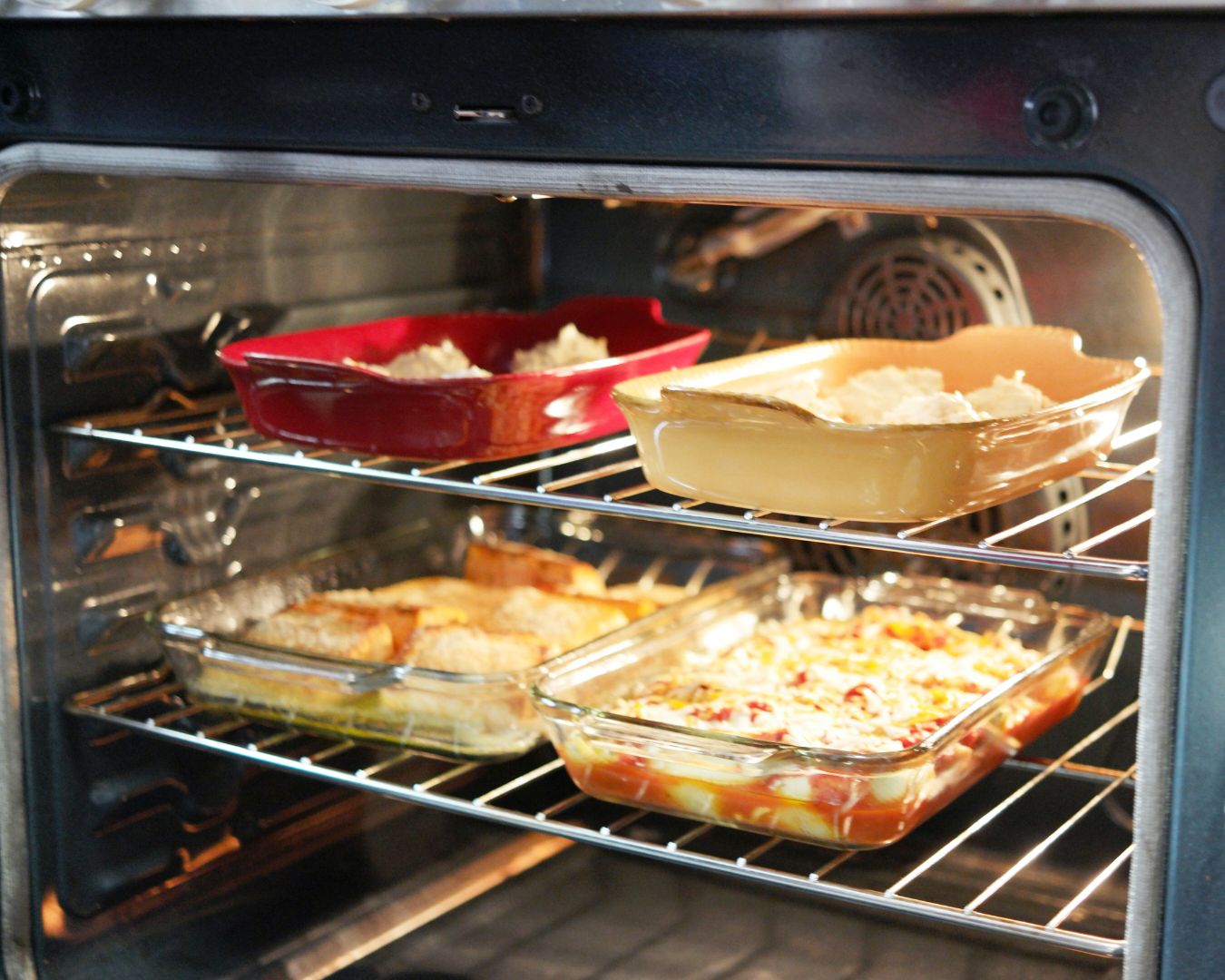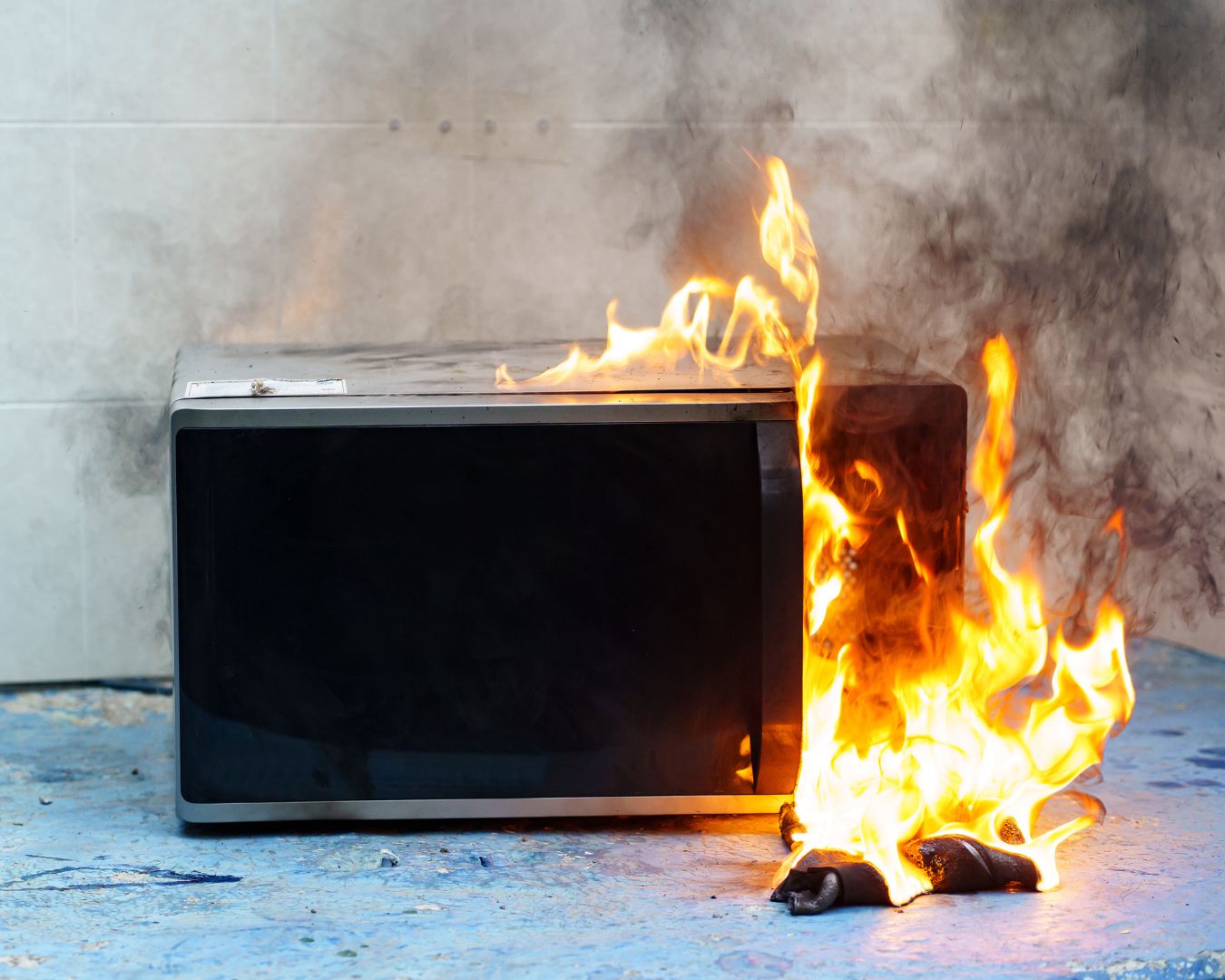Understanding Different Range Sizes: Finding the Perfect Fit for Your Kitchen
Choosing the right range size for your kitchen is a crucial decision that can impact your cooking experience and the overall functionality of your kitchen. Ranges come in various sizes, and understanding the differences can help you select the perfect fit for your needs. This guide will walk you through the common range sizes, their benefits, and how to determine which one is best for your kitchen. Common Range Sizes Ranges typically come in a few standard widths, each offering unique advantages: 1. 20-Inch Ranges Ideal for: Small apartments, studio kitchens, and compact spaces. Benefits: 2. 24-Inch Ranges Ideal for: Small to medium-sized kitchens, apartments, and secondary kitchens. Benefits: 3. 30-Inch Ranges Ideal for: Most standard kitchens, medium to large households. Benefits: 4. 36-Inch Ranges Ideal for: Large kitchens, avid home cooks, and entertainers. Benefits: 5. 48-Inch Ranges Ideal for: Spacious kitchens, professional-grade cooking, and gourmet chefs. Benefits: Determining the Right Range Size for Your Kitchen To find the perfect range size for your kitchen, consider the following factors: 1. Kitchen Space Measure the available space in your kitchen to determine the maximum width your range can be. Ensure there is enough clearance for doors and drawers to open comfortably and for ventilation. 2. Cooking Habits Think about your cooking habits and needs. If you frequently cook large meals, entertain guests, or bake multiple dishes simultaneously, a larger range might be beneficial. For simpler cooking tasks and smaller households, a compact range could suffice. 3. Budget Larger and more feature-rich ranges tend to be more expensive. Determine your budget and balance it with your needs to find a range that offers the best value. 4. Kitchen Design Consider the overall design and layout of your kitchen. Ensure the range complements your kitchen’s aesthetic and integrates well with existing appliances and cabinetry. Tips for Choosing the Perfect Range Selecting the right range size for your kitchen is an important decision that can enhance your cooking experience and complement your kitchen’s design. By understanding the different range sizes and considering your space, cooking habits, budget, and kitchen layout, you can find the perfect fit for your needs. Whether you opt for a compact 20-inch range or a professional-grade 48-inch model, the right range will help you create delicious meals and enjoy your time in the kitchen.



